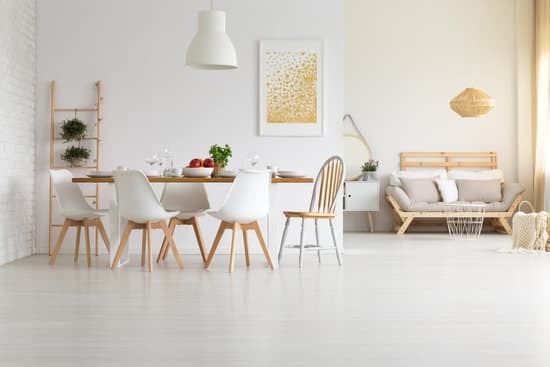The Origins of Japandi Style
Japandi style is a design phenomenon that emerged from the intersection of two vastly different but equally beautiful styles: Scandinavian and Japanese design. Scandinavian style is known for its simple, clean, and sleek designs that are often characterized by functionality and minimalism. On the other hand, Japanese design is all about simplicity, practicality, and the use of natural materials. The emergence of this style was a result of the need for an uncluttered, simple and functional home design solution that marries two distinct styles but gives a warm, cozy, and comfortable feeling. Japandi style is also influenced by the wabi-sabi concept that celebrates the beauty of imperfection and impermanence. This style has been gaining popularity because of its timeless design and practicality, making it easy to incorporate it into modern homes.The Key Elements of Japandi Style
Japandi style is characterized by a few key elements:- Minimalism: The Japandi style is minimalist, uncluttered, and simple, with clean lines that blend functionality and aesthetics.
- Neutral Colors: This style makes use of neutral colors in a variety of shades, from light hues to darker tones like blacks and grays.
- Natural Materials: The Japandi style incorporates natural materials like wood, bamboo, and stone to create a warm, inviting environment.
- Textures: Textures play a key role in Japandi style, with different textures like fur, wool, leather, and linen being used together to create depth and warmth in a space.
- Functional Design: Japandi style is all about practicality and functionality. It’s designed so that everything has a purpose in the room, and clutter is minimized.





















